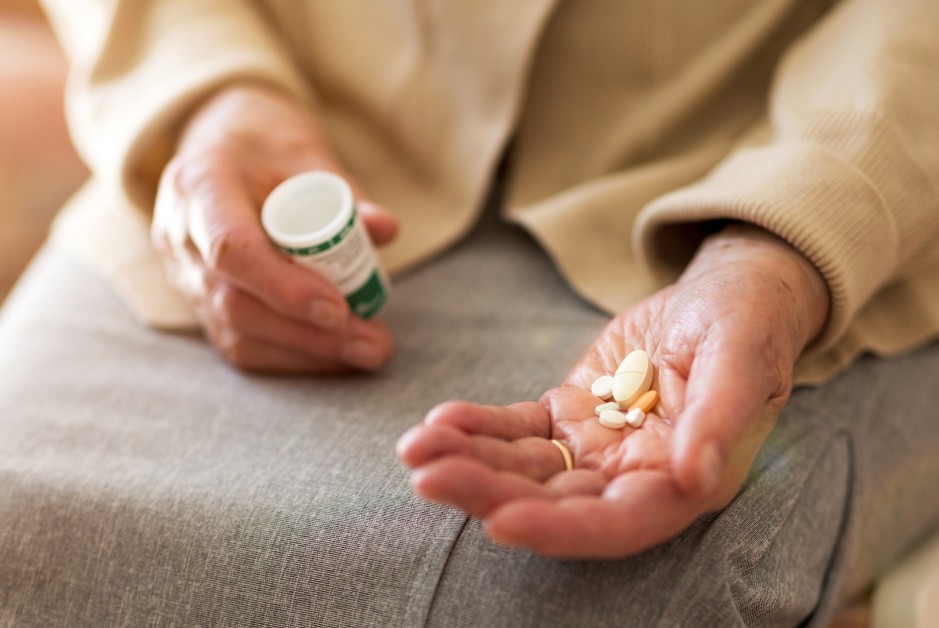Medicare Part D is offered by private insurance companies and approved by Medicare for eligible recipients. Individuals on Medicare are eligible for prescription drug coverage under a Part D Medicare plan if they are signed up for benefits under Medicare Part A and/or Part B.
How Do I Get Medicare Prescription Drug Plans?
- An individual can purchase it as a stand-alone Medicare Prescription Drug plan (also know as PDP). Most people who purchase a stand-alone drug plan typically purchase it with a Medicare Supplement plan , which does not include the drug coverage. The two are purchased separately.
- An Individual can get a Medicare Part D plan through purchasing a Medicare Advantage Plan Part C (also known as an MA-PD plan).
The costs for Part D Medicare will vary amongst which private companies’ plan you choose and what kind of drug are covered.
CALL: 516-900-7877Book an Appointment
How do I know if my drugs are covered?
Each Medicare Prescription Drug plan has its own list of covered drugs known as a formulary. The formulary is first organized by category or class of drug. The formulary is then divided up even further into tiers, for each prescription drug. The tier ultimately determines what an individuals co-pay or cost sharing amount will be for that particular drug.
Typically the private insurance companies will categorize the drugs offered into 5 different tiers
Tier 1 will most likely be a generic drug with the lowest copay while a Tier 5 will be a brand name medication with the highest copay. Each company also has partnerships with in-network pharmacies that will offer you better copays than going to an out-of-network pharmacy.
In addition each private insurance company will utilize a mail order service that will always be considered an in-network pharmacy that will also sometimes gives you a 3 month supply of medication for 2 months copay.
The licensed agents at Plan Medicare use a proprietary set of tools that can quickly look up a recipient’s prescription drug coverage and compare the copay amounts for each private insurance company. We can also determine what an individual’s annual out of pocket costs will be, including plan premiums, co-pays and cost sharing amounts.
We can compare all drug plans offered within a particular U.S. state side by side, to determine the most cost effective option for each individual. So, it’s important for individuals to truly evaluate the landscape to find the most cost effective Medicare Part D Plan.
Other important information about the Medicare Part D Program
- You may be eligible for extra help or cost sharing assistance from the government if you meet certain income requirements.
- The Part D monthly premium varies by plan (higher-income consumers may pay more).
- It is possible to have your Part D premium automatically deducted from your monthly Social Security/Railroad Retirement Board benefit check.
- A late enrollment penalty can be added at any time after your initial enrollment period (IEP) unless you have creditable drug coverage (ie: an employer sponsored plan).
- You cannot have a Medicare Advantage Plan (Part C) and separate Part D prescription drug plan at the same time.
- Review your Medicare drug plan every year, as plan formularies can change.
- You are eligible to change, add or drop your Part D plan during the Open Enrollment Period every year (OEP)(AEP).
- You can enroll into a Part D plan by calling 516-900-7877 directly, or working with an agent who can help guide you to a plan that fits your specific needs.
The Three Coverage Stages of Medicare’s Part D Program
Throughout the year, your prescription drug plan costs may change depending on the coverage stage you are in. If you have a Part D plan, you move through the CMS coverage stages in this order: deductible (if applicable), initial coverage, and catastrophic coverage.
Select a stage to learn more about the differences between them.
Begins: with your first prescription of the plan year.
You pay the full cost of your prescriptions until your spending adds up to the amount of your deductible. So, if your plan has a $0 deductible, you skip straight to the next stage. Keep in mind that some deductibles may only apply to drugs on specific tiers, which means you may not have any deductible if you do not take any medications on those tiers. Any payments for your monthly premium or for medications on tiers that do not apply to the deductible are not counted toward reaching the deductible.
Begins: immediately if your plan has no deductible. Or, when the prescription payments you have made equal your plan’s deductible.
Your plan pays for a portion of each prescription drug you purchase, as long as that medication is covered under the plan’s formulary (list of covered drugs). You pay the other portion, which is either a copayment (a set dollar amount) or coinsurance (a percentage of the drug’s cost). The amount you pay will depend on the tier level assigned to your drug.1 This stage ends when the amount spent by you and your plan on your covered drugs adds up to equal the initial coverage limit set by Medicare for that year. In 2025 that limit is $2,000. Your monthly premium payments do not count toward reaching that limit.
Begins: when your out-of-pocket costs reach $2,000 on covered drugs.
Starting in 2025, all Medicare plans will include a $2,000 cap on what you pay out-of-pocket for prescription drugs covered by your plan. If your out-of-pocket spending on covered drugs reaches $2,000 (including certain payments made on your behalf, like through the Extra Help program), you’ll automatically get “catastrophic coverage.” That means you won’t have to pay out-of-pocket for covered Part D drugs for the rest of the calendar year.


